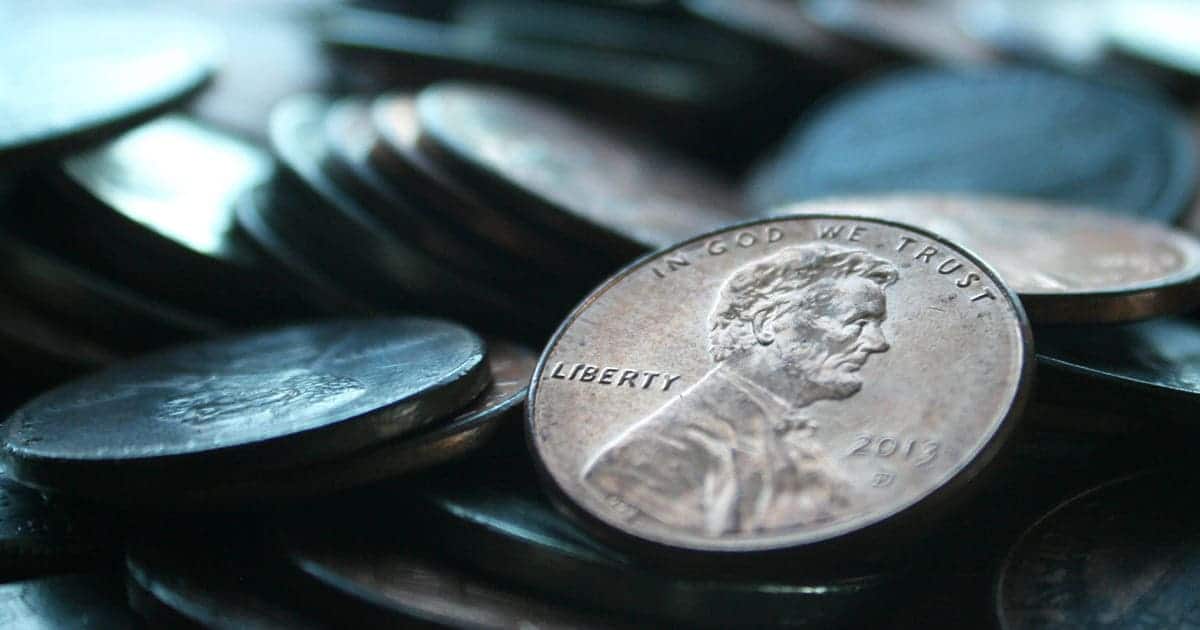
100 Years of Independence from Massachusetts
Maine was originally part of Massachusetts during colonial times but after the United States had been formed and had successfully won two wars against Britain, the residents of this northern half of the Colony were ready to declare their independence from Massachusetts. The District of Maine was separated from Massachusetts and on March 15, 1820, the State of Maine was admitted to the union.
One hundred years later, the State of Maine was preparing to celebrate its Centennial. Just as Illinois had done in 1918, the officials in Maine wanted a Commemorative Half Dollar to promote the Centennial and also to subsidize the costs of the celebrations. A bill to allow this Centennial Half Dollar passed Congress without opposition. Maine artist Harry Cochrane created the original designs and they were sculpted by Anthony de Francisci, who had just successfully completed designing the Peace Silver Dollar, which succeeded the long-running Morgan Silver Dollar.

The obverse of the Maine Centennial half dollar depicts the arms of the state of Maine, based on the state’s official seal. In the center of the coin is a shield with a pine tree and below the tree there is a moose, lying down. There are two male figures flanking the shield, one has a scythe farm implement and this figure represents Agriculture. The other male figure is shown holding an anchor, representing Commerce. Above the shield is a five-pointed star and just below that is the legend “Dirigo,” Latin for “I direct”. Below the shield is a scroll with the state’s name. Surmounting the design is the legend, “UNITED STATES OF AMERICA” and the denomination, “HALF DOLLAR” is centered on the bottom. The reverse contains a wreath of pine needles and cones (Maine is known as the Pine Tree State) around MAINE CENTENNIAL 1820–1920 as well as the various mottoes required by law to be present on the coinage.
The reverse depicts a pine cone wreath and inside the wreath in two lines is “MAINE CENTENNIAL” and the dates of the Centennial below that “1820 – 1920.” The open top of the wreath is enclosed by the word “LIBERTY” and the legends “E PLURIBUS UNUM” and “IN GOD WE TRUST” is displayed across the top periphery and the bottom periphery respectively.

Someone at the Mint, either the Chief Engraver or his Assistant, changed the moose and the pine tree from being in bas relief to incuse relief so the design was sunken below the surface. This was likely done to improve the striking quality of the coins, but it led to limited success.
The legislation had authorized 100,000 coins and the first 50,000 coins were struck for release to the public. Although the celebrations occurred in July, the coins did not arrive at the State Treasurer’s Office until August, too late to be sold at the statewide celebrations in Portland. Thirty thousand coins were sold immediately, mostly to Maine residents. The State of Maine’s Commemorative Coin Commission, in the Office of the State Treasurer, would sell the remaining 20,000 coins between 1920 and 1929, when their supplies were exhausted.
| Date | Type | Mintage | AU Value | Unc Value |
| 1920 | Maine Centennial | 50,028 | $125 | $600 |
Expand your collection today and shop for a 1920 Maine Centennial Half Dollar MS-64 PCGS.





